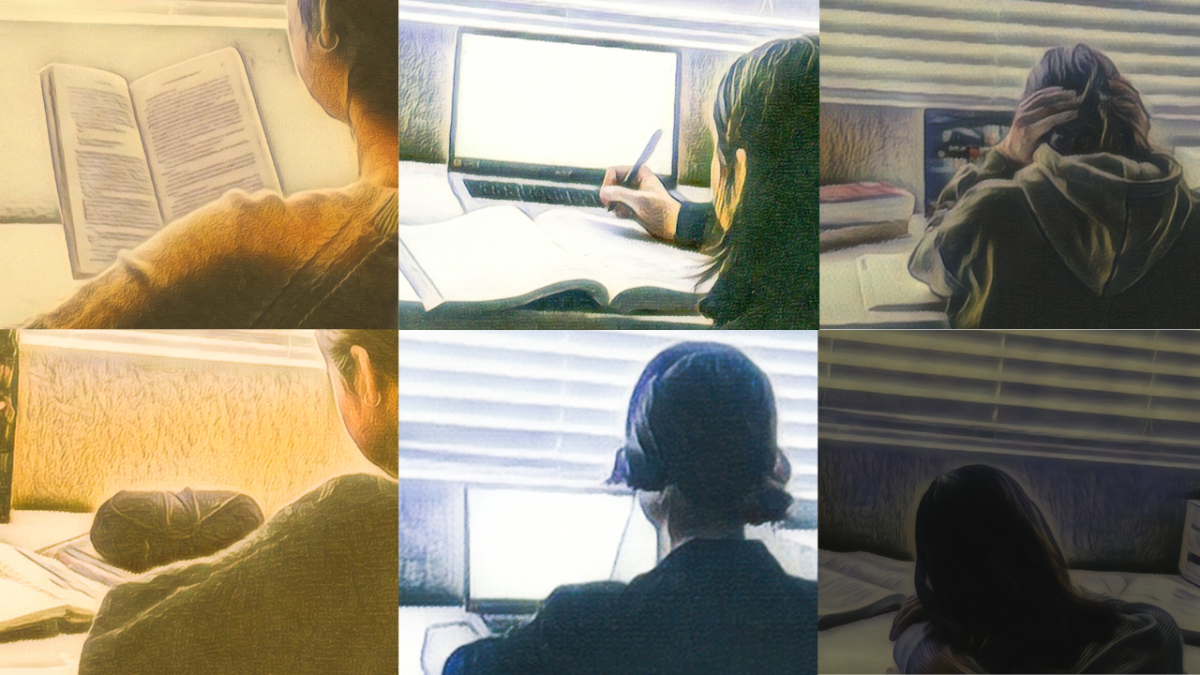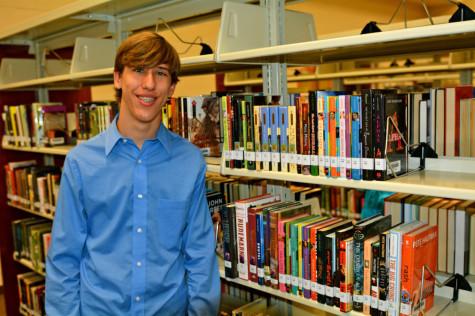Science Fiction Becomes Fact

December 3, 2014
Jules Verne’s From the Earth to the Moon gave us an accurate description of the Moon landing almost 100 years before the Apollo 11.
Mark Twain practically predicted the Internet in 1898.
H. G. Wells predicted the atomic bomb in 1914, along with some of its side effects.
What do these all have in common? They each started out as science fiction, and have become reality due to new innovations in science.
Recently, several new discoveries and inventions have been made that turned old sci-fi ideas into something existent. Scientists at the University of Rochester have created an invisibility device; scientists from France, Spain, and Harvard’s Medical School have sent thoughts from India to Spain; and a flying car has been recently developed by AeroMobil. These are just a few of the exciting inventions that have been recently unveiled.
While some scientists have been able to make an invisibility cloaking device, none have been as successful as the one created by the University of Rochester, which uses four lenses to bend light around an object placed between the lens while not disrupting the image behind the lens. With other cloaking technologies, it is crucial that the viewer is directly in front of the cloaked object; with the lens, it works from all angles and doesn’t distort the background at all.
Another breakthrough in science is the recent success of a telepathy experiment. A person was able to send thoughts from India to another person in France. It must be acknowledged, however, that both people had to be connected to complex machines and trained for the task. How does it work?
The two people, the transmitter and the receiver, were hooked up to EEG caps, which scan brain activity. The scientists recorded the thoughts of the transmitter, and sent it to the receiver in binary code by using the Internet. (Binary code is instructions to computers written in 1’s and 0’s.) The receiver was able to get the message through Transcranial Magnetic Stimulation (TMS), a noninvasive way of improving electric signals in the brain. The receiver would see flashes of light indicating either a 1 or a 0, and could interpret the binary code into words, in this case ‘hola’ and ‘ciao’.
Finally, the Jetson’s flying car may become real very soon. AeroMobil has recently released its 3.0 prototype of its flying car. Testing of the car in real flight conditions had begun in October. Here is a link to their website: http://www.aeromobil.com/video .
“I think these advancements in technology could help in the long run and make things better in the future,” said Wren Thomasson (10). I could not have said it better myself.




































